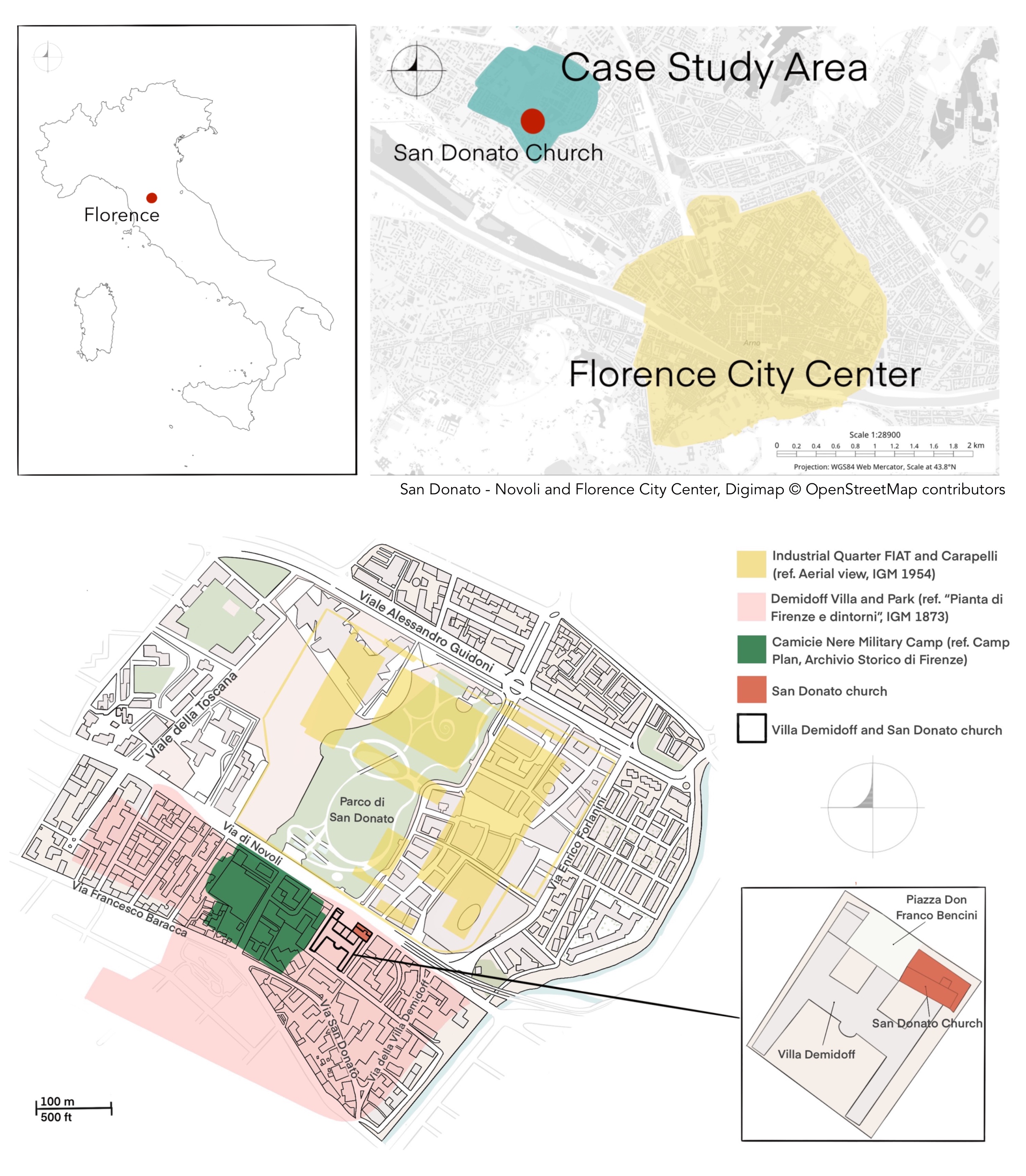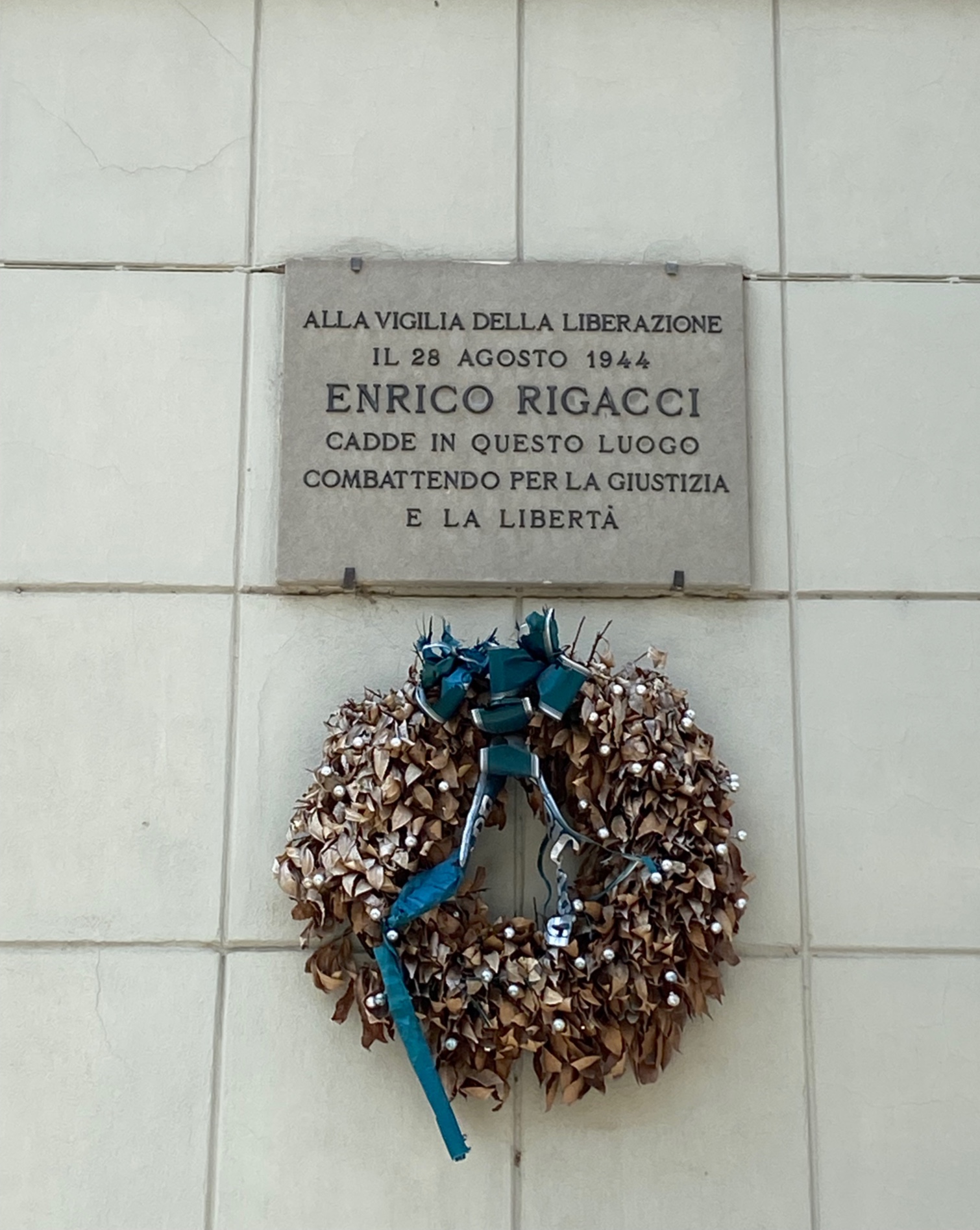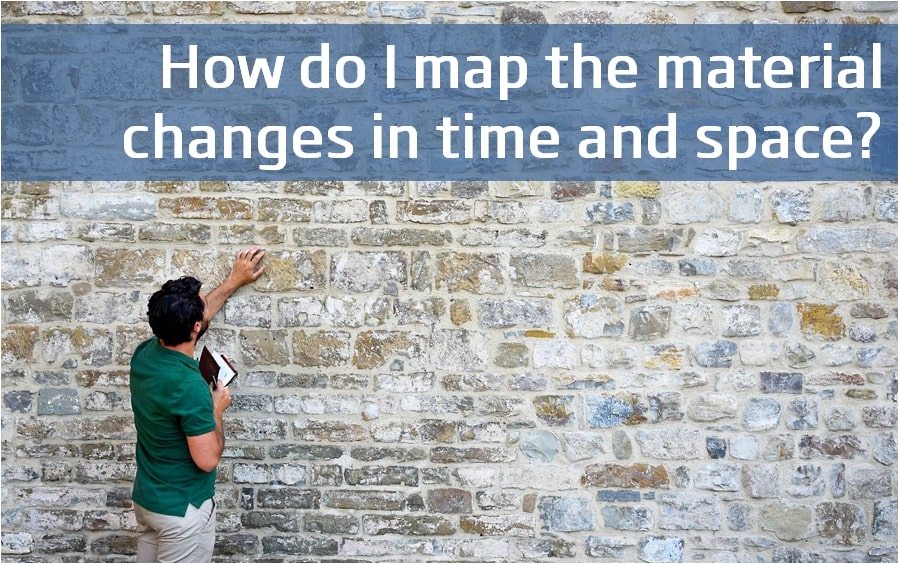Florence, Italy
HERITAGE AND PLANNING IMPLICATIONS
Location
The Novoli-San Donato neighbourhood in Florence is located in the north/western context of the city. It is an area out of tourist itineraries, unknown even to most of the Florentines and not considered peculiar for the representation of Florence in the world. Nevertheless, it hides a millenary history that, at least since the Roman era, has few long-term comparisons with other urban areas.

Understanding the site
The Novoli-San Donato area in Florence, Italy, embodies a tapestry of historical evolution and urban transformation that spans millennia. Initially, the area was characterized by scattered farms and rural settlements, with the construction of the Roman road, Via di Novoli, marking its early development. Throughout medieval times, it evolved into a focal point for religious orders and pilgrims, with the church of San Donato in Polverosa standing as a testament to the monastery of the same name and to this era.
.
The 19th century brought about a significant change in the area's landscape when the convent of San Donato in Polverosa was suppressed, and the land was purchased by the Demidoffs, a prominent Russian aristocratic family. They built a grandiose neoclassical villa on the site amidst sprawling, manicured gardens, which became a reference point for international elites, symbolizing both wealth and cultural refinement.
However, the turn of the 20th century marked another profound transformation as the area became rapidly industrialized, with the establishment of the FIAT and Carapelli factories. The FIAT factory, in particular, covered 30 hectares and reshaped the semi-rural landscape into an industrial urban one, leading to the gradual abandonment and neglect of the once-grand Villa Demidoff.

World War II further shaped the area's history, with the FIAT factory being bombed, and fierce fighting occurring on the site between German battalions and local partisan formations, strongly remembered by the locals. The post-war era ushered in a new chapter characterized by the construction of public housing to accommodate burgeoning populations of workers and immigrants drawn to the industrial hub. However, alongside this demographic influx came the specter of social issues, including crime and vice, which tarnished the neighborhood's reputation.

The 1980s marked the decline of the FIAT factory, leading to a new post-industrial phase of urban planning and regeneration. Demolition of the industrial behemoths paved the way for ambitious regeneration projects aimed at revitalizing the area's civic landscape. These efforts culminated in the creation of San Donato Park, the University of Florence campus, and the Palace of Justice. The construction of the T2 tram line in 2018 further connected Novoli-San Donato to Florence city center, facilitating urban mobility.
The regeneration projects have aimed to improve the quality of life for local communities, both long-term residents and newcomers, students, and professionals.
Tools and Methods Applied

Architectural and Urban Level

Offline and Online
Key Findings
The findings from each method are presented separately.
Contemporary social values and responses to historic urban transformation

The Novoli-San Donato area in Florence has a rich and complex history that has shaped its identity over centuries. Historically, it was not always seen as a single entity, but rather a collection of distinct neighborhoods with their own unique identities and boundaries, such as the parishes of San Donato in Polverosa, Santa Maria, and San Cristofano. However, in recent years, the area has undergone significant social and material transformations that have increasingly consolidated its identity as a singular socio-geographic entity.
One of the most significant changes was the closure of the FIAT and Carapelli factories in the 1990s, which led to a shift in the area's population from working-class to administrative and professional middle classes. This change was accompanied by the construction of the Palace of Justice and the University of Florence campus, which further transformed the area's social and economic landscape. Despite these changes, some social tensions remain, particularly in the context of social housing, where there are differences in age profiles, lifestyles, and habits between longer-term residents and more recent occupants.
The construction of the T2 tram line has also contributed to the area's transformation, increasing the flow of daily commuters and the appeal of Novoli-San Donato as a residential district for Florence. However, boundary distinctions persist, both between Florence and Novoli-San Donato and within the latter, reflecting the area's complex and evolving identity.
The Novoli-San Donato area is home to a diverse range of stakeholder communities, including residential communities, former factory workers, university students, local business owners, and community associations. These communities have diverse interests and attachments to the area, which can sometimes lead to conflicting social values. Urban regeneration efforts, initiated in the mid-1990s, have led to the creation of new public spaces, such as Piazza Ugo di Toscana, Piazza Don Franco Bencini and the San Donato Park, aimed at fostering community interaction.
The area's industrial heritage, particularly the FIAT factory, is a source of both pride and contention. While some residents appreciate the factory's contribution to the area's history and identity, others blame it for social problems such as poverty, decay, and crime. The recent demolition of the factory has also sparked debate about how to preserve and commemorate its legacy. However, efforts to preserve and repurpose the FIAT plant thermal tower reflect community aspirations for cultural preservation and social engagement.
The church of San Donato is another important symbol of the area's identity, with its medieval origins and role in community life. The recent restoration of the church and its surrounding area has reinforced its significance as a community hub and a symbol of the area's history and culture, even if the loss of historical landmarks, such as the Villa Demidoff, has evoked nostalgia and criticism, highlighting tensions between preservation and development.
Despite divergent views on the area's heritage and future trajectory, Novoli-San Donato remains a vibrant and evolving urban landscape, shaped by its rich historical legacy and contemporary social dynamics.
The material transformations of San Donato church

forthcoming
Heritage and Planning Implications
forthcoming
San Donato case study further readings
Jones S., Bonacchi C., Robson E., Broccoli E., Hiscock A., Biondi A., Nucciotti M., Guttormsen T.S., Fouseki k., Díaz-Andreu M., Assessing the dynamic social values of the ‘deep city’: an integrated methodology combining online and offline approaches, Progress in Planning, Elsevier. https://doi.org/10.1016/j.progress.2024.100852
Last update
20.05.2024
